Ritz Ann Aguilar
Deep-learned orthogonal basis patterns for fast, noise-robust single-pixel imaging
May 18, 2022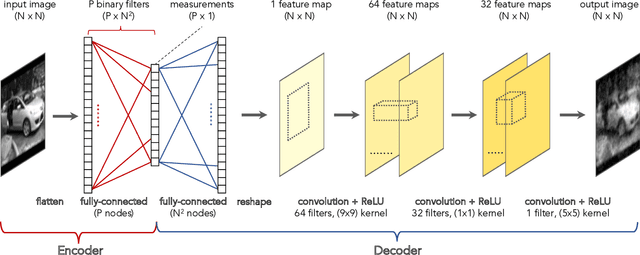

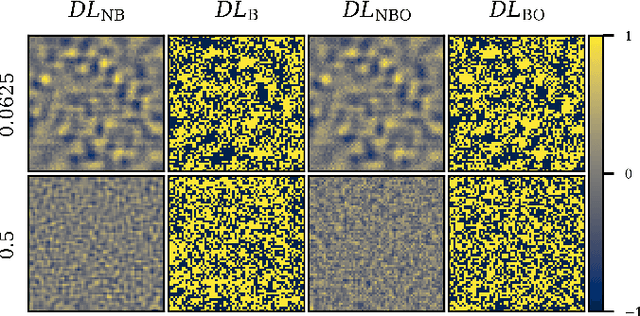
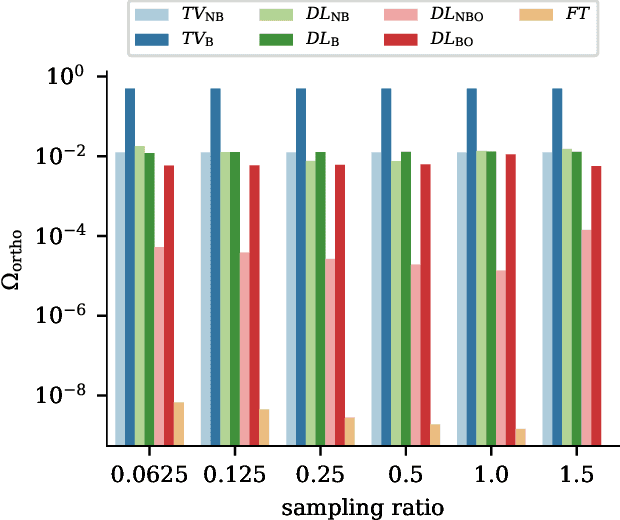
Abstract:Single-pixel imaging (SPI) is a novel, unconventional method that goes beyond the notion of traditional cameras but can be computationally expensive and slow for real-time applications. Deep learning has been proposed as an alternative approach for solving the SPI reconstruction problem, but a detailed analysis of its performance and generated basis patterns when used for SPI is limited. We present a modified deep convolutional autoencoder network (DCAN) for SPI on 64x64 pixel images with up to 6.25% compression ratio and apply binary and orthogonality regularizers during training. Training a DCAN with these regularizers allows it to learn multiple measurement bases that have combinations of binary or non-binary, and orthogonal or non-orthogonal patterns. We compare the reconstruction quality, orthogonality of the patterns, and robustness to noise of the resulting DCAN models to traditional SPI reconstruction algorithms (such as Total Variation minimization and Fourier Transform). Our DCAN models can be trained to be robust to noise while still having fast enough reconstruction times (~3 ms per frame) to be viable for real-time imaging.
3D Fourier ghost imaging via semi-calibrated photometric stereo
Dec 28, 2021
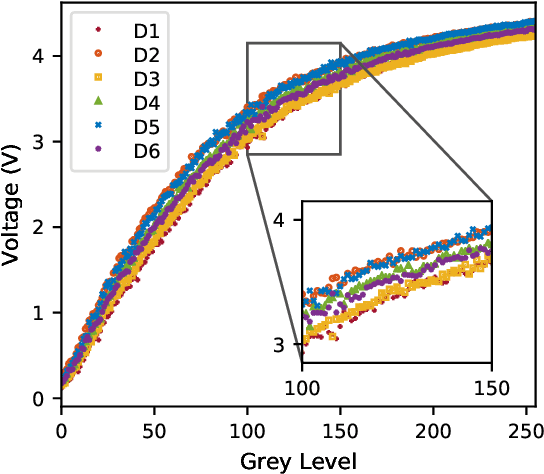
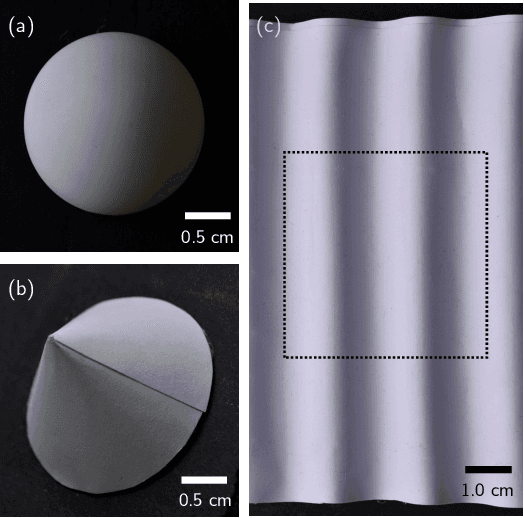
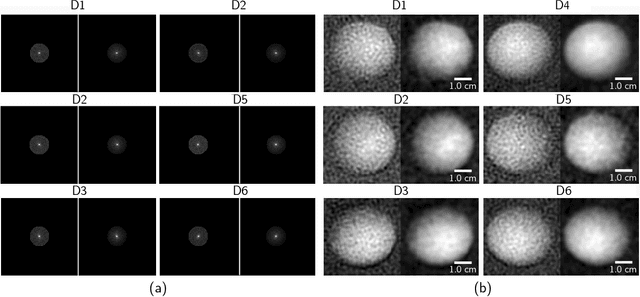
Abstract:We achieved three-dimensional (3D) computational ghost imaging with multiple photoresistors serving as single-pixel detectors using semi-calibrated lighting approach. We performed imaging in the spatial frequency domain by having each photoresistor obtain the Fourier spectrum of the scene at a low spectral coverage ratio of 5%. To retrieve a depth map of a scene, we inverted, apodized, and applied semi-calibrated photometric stereo (SCPS) to the spectra. At least 93.5% accuracy was achieved for the 3D results of the apodized set of images applied with SCPS in comparison with the ground truth. Furthermore, intensity error map statistics obtained at least 97.0% accuracy for the estimated surface normals using our method. Our system does not need special calibration objects or any additional optical components to perform accurate 3D imaging, making it easily adaptable. Our method can be applied in current imaging systems where multiple detectors operating at any wavelength are used for two-dimensional (2D) imaging, such as imaging cosmological objects. Employing the idea of changing light patterns to illuminate a target scene and having stored information about these patterns, the data retrieved by one detector will give the 2D information while the multiple-detector system can be used to get a 3D profile.
* 10 pages, 8 figures, 2 visualizations
 Add to Chrome
Add to Chrome Add to Firefox
Add to Firefox Add to Edge
Add to Edge